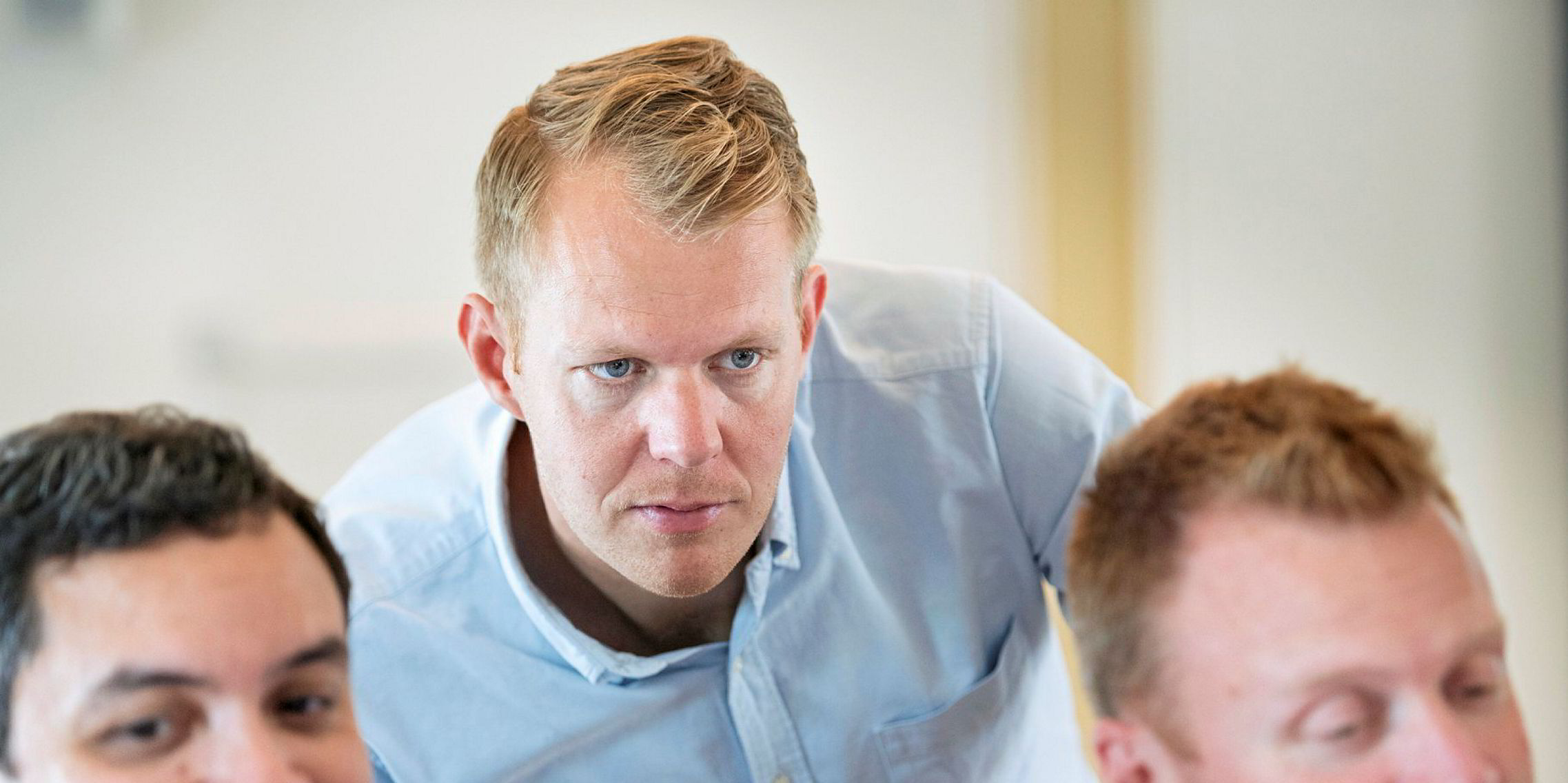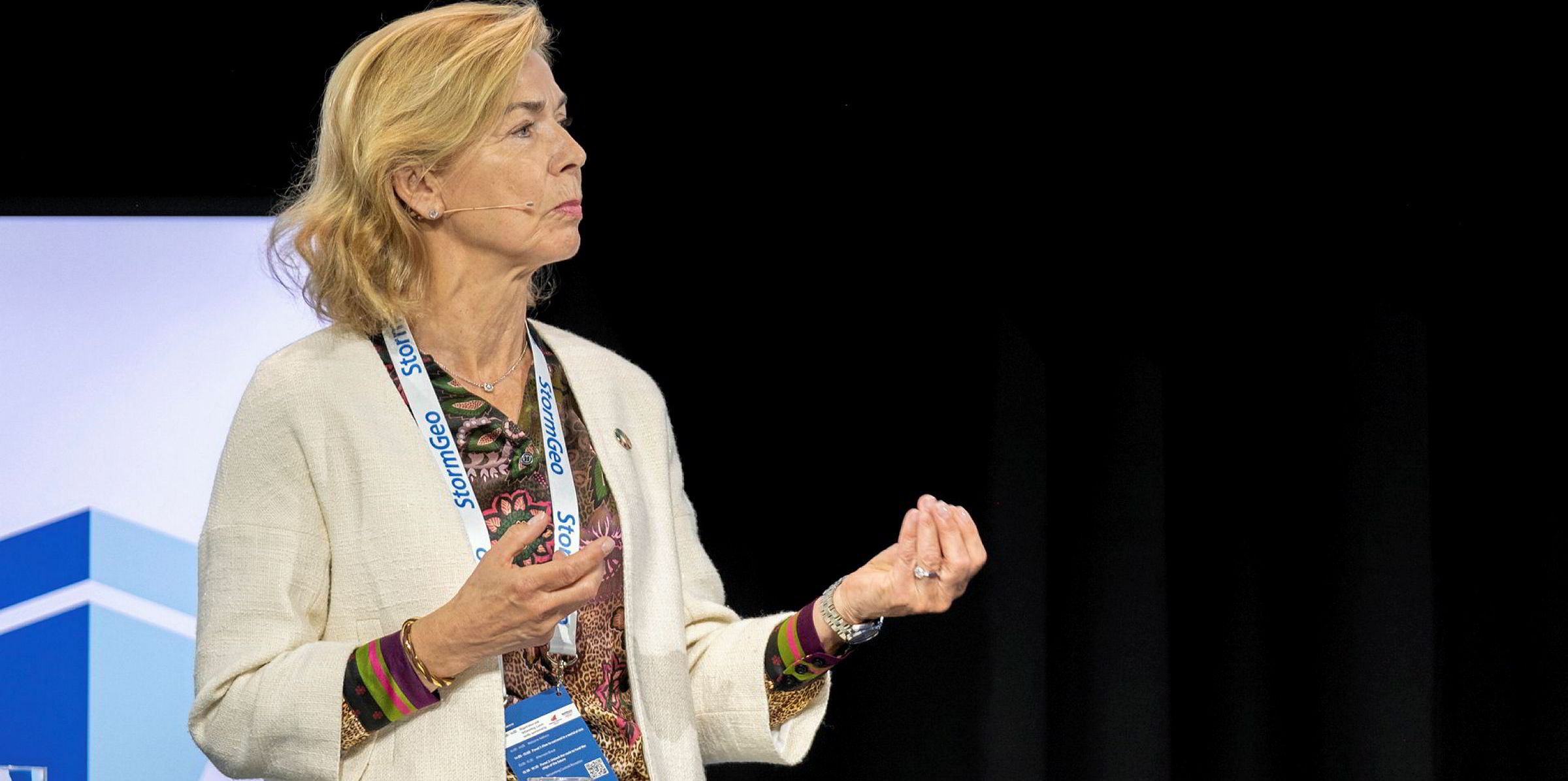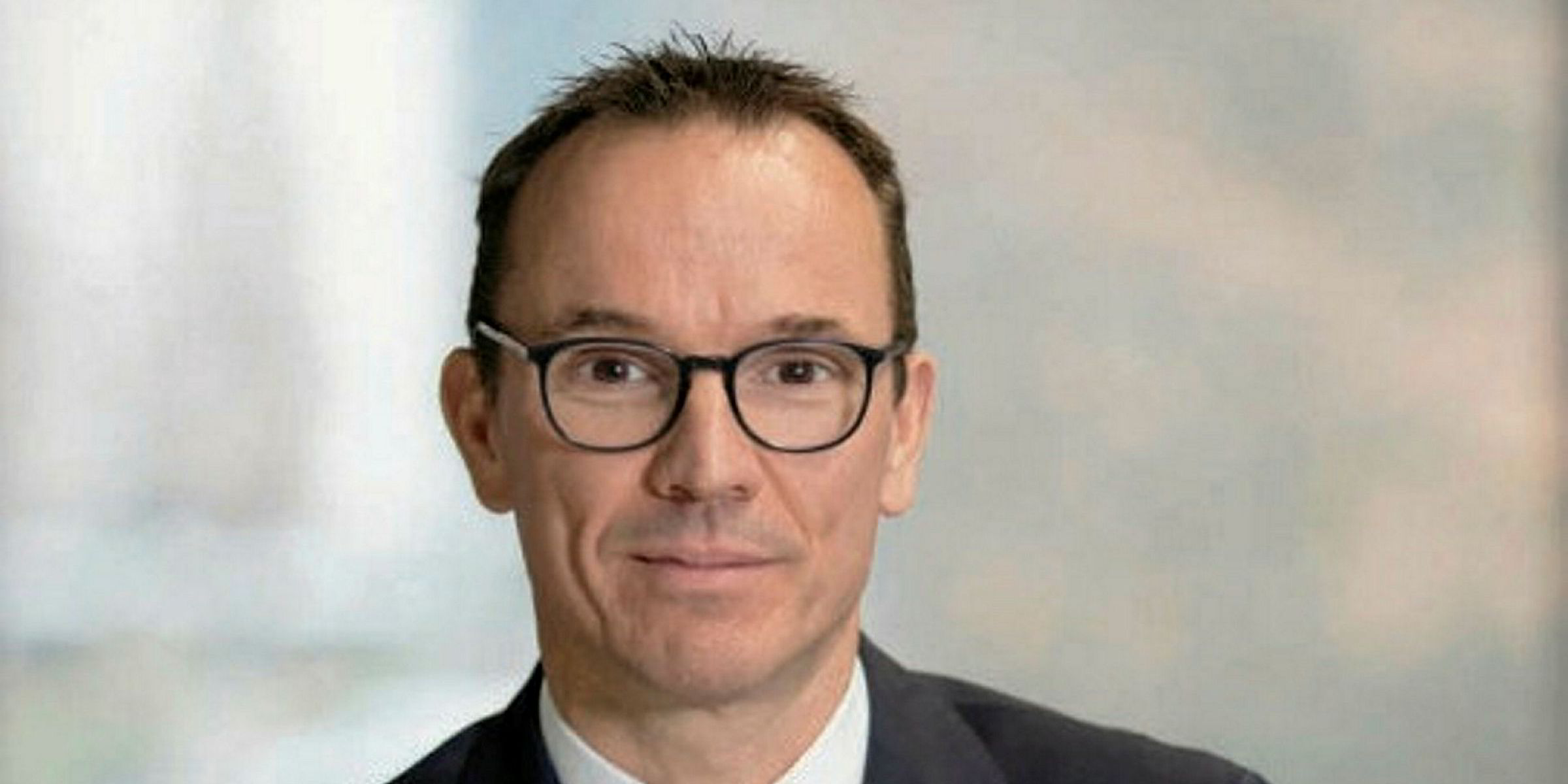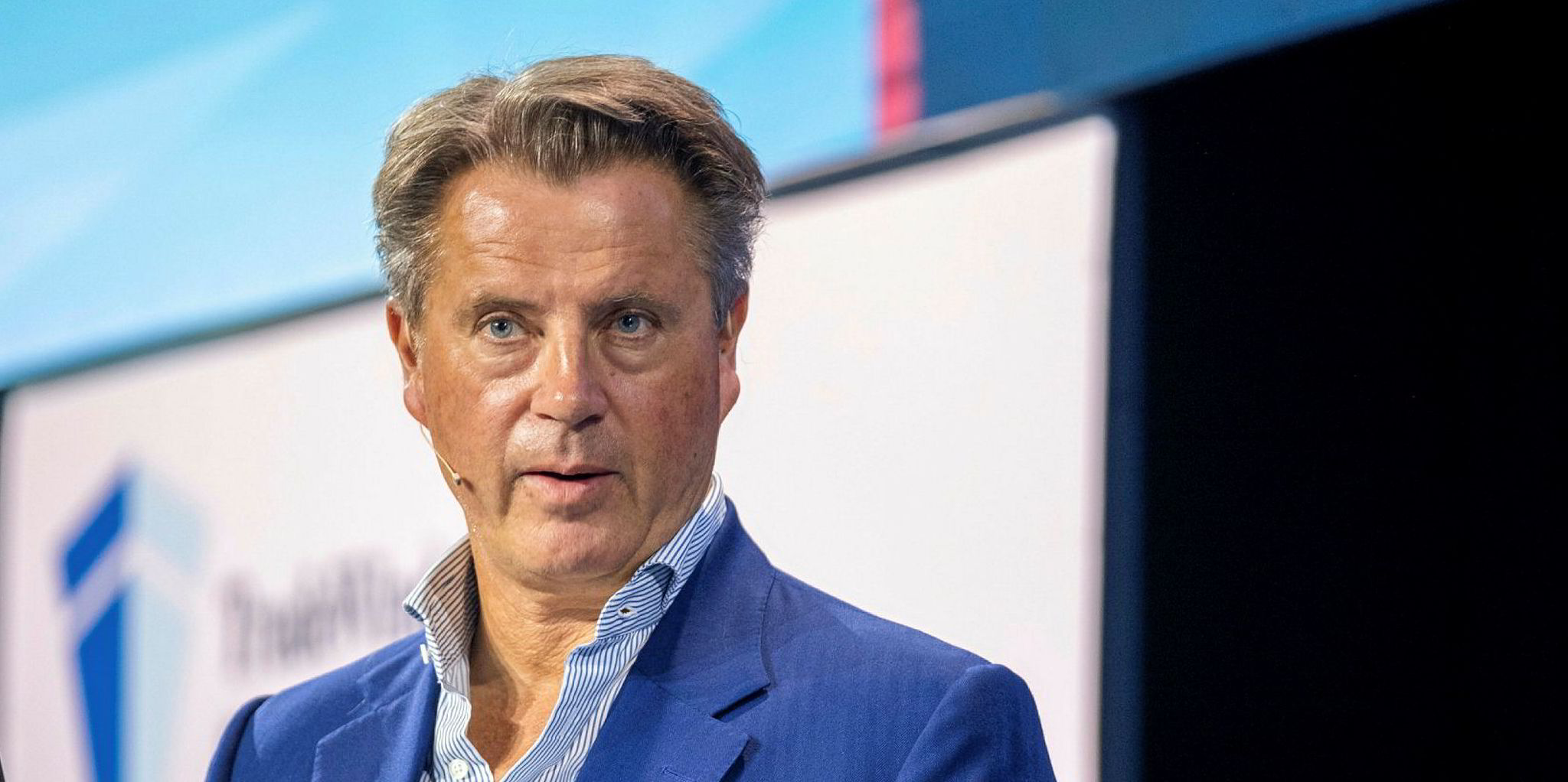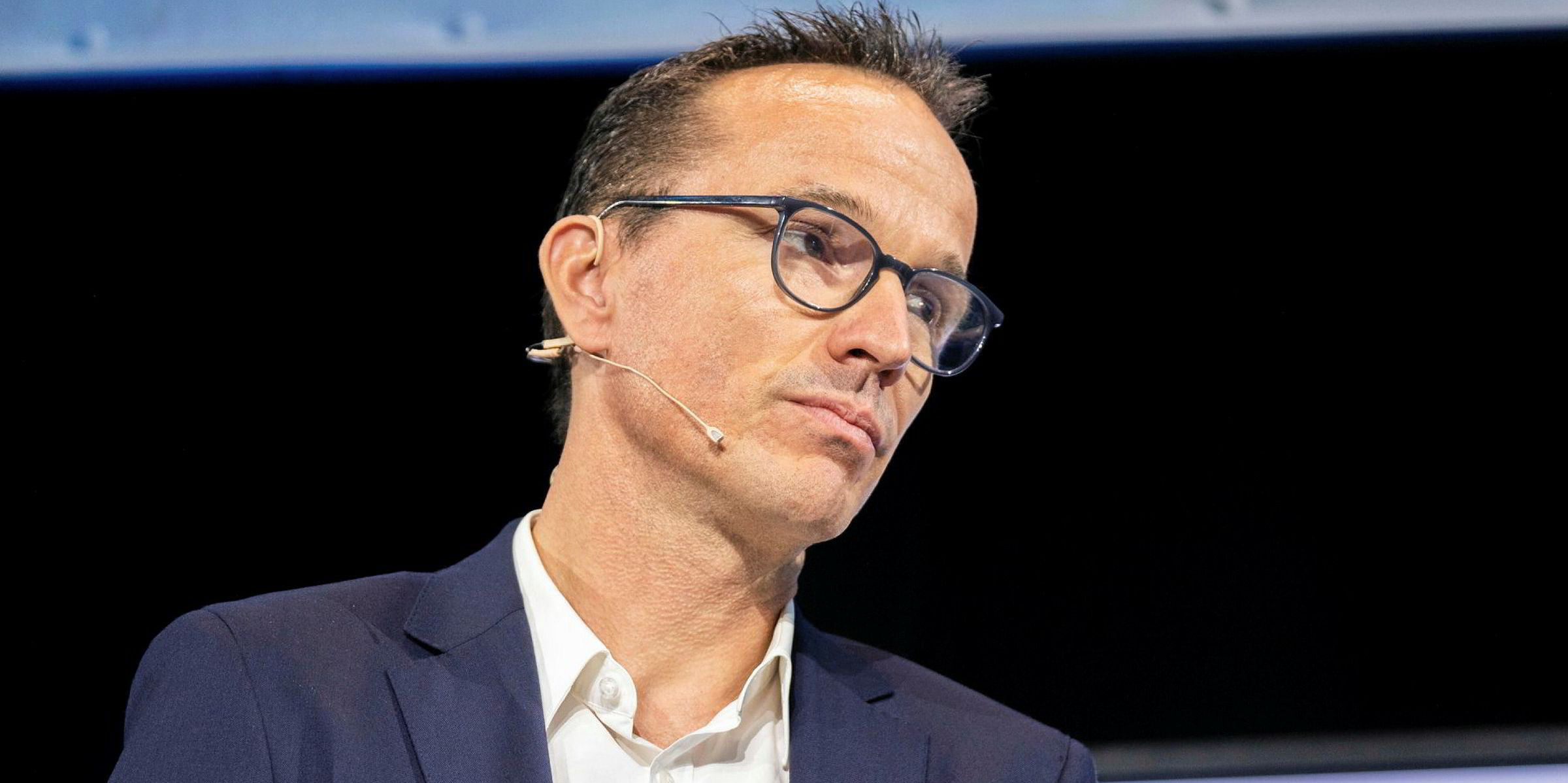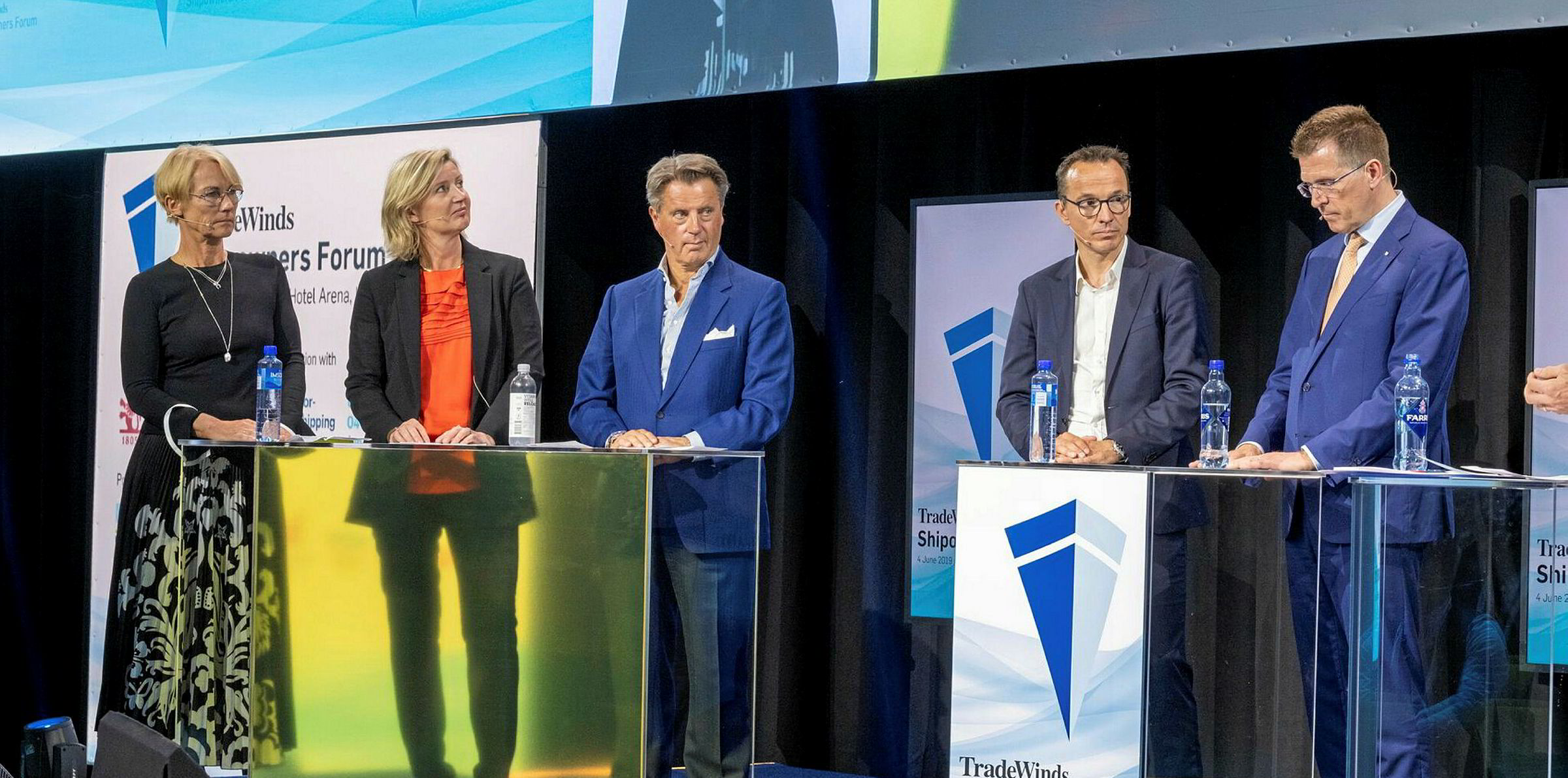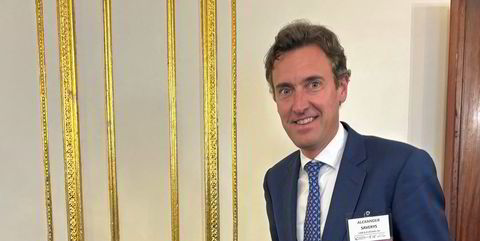The way Maersk Tankers uses technology to improve vessel efficiency was what convinced Cargill to join its MR pool, TradeWinds has learned.
The partners' next task will be to convince other owners to add vessels to the pool to increase its scale, the companies said after Monday's announcement of the deal.
Representatives from Cargill and Maersk Tankers said the partnership has little to do with market expectations.
Instead, the collaboration aims to improve earnings and environmental performance by reducing the pooled fleet's fuel consumption, using digital tools.
Green ambitions
Claus Gronborg, Maersk Tankers chief commercial officer, said the two companies have a shared interest in creating more sustainable shipping.
"We believe that owners and operators need to actively try to reduce their fuel consumption. It doesn't matter if it's different grades of fuel," he told TradeWinds.
Cargill has said it will begin by entering 20 of its chartered-in MR tankers into the Maersk Tankers-managed pool from 1 October.
Maersk Tankers has developed a digital platform that presents its vessel operators with decision-making recommendations on how to operate individual vessels in a way that will use less fuel.
"This is one of the reasons that we recognised that Maersk Tankers is really quite advanced in that space, and that we were interested to join the pool," Olivier Josse, Cargill Ocean Transportation's global head of tankers, told TradeWinds.
Genesis
The initial idea for the collaboration came about when the chief executives of both companies met at a forum in April, which was followed by a meeting in Geneva in May, Josse said.
"We very quickly realised that we could do something smartly together," he explained.
The companies signed an agreement for the arrangement last week.
Cargill has its own targets to reduce its overall carbon dioxide (CO2) emissions, Josse said.
In June, the trader revealed it has achieved a 12% reduction in CO2 emissions compared to its 2016 baseline and remains on course to meet its 2020 target of 15%.
Last year, Cargill saved 350,000 tonnes of CO2 emitted per cargo-ton-mile, a 3.6% reduction compared to 2017.
Between 13 and 15 of the 20 tankers that Cargill will contribute to the pool will be fitted with scrubbers, Josse said.
The vessels already in Maersk Tankers' MR pool all operate on compliant fuel, Gronborg added.
Scaling up
Josse said Cargill will work with Maersk Tankers to encourage other owners to join the pool, "especially the ones we know very well from our dry presence, which sometimes have wet and dry activities".
The partners hope the pool will ultimately grow in scale from 60 vessels to 80 or even 100 vessels, he said.
Increasing the pool's size and reducing its costs — particularly those for bunkers — should translate to improved vessel earnings, Gronborg explained.
The large pool, he added, will also offer better flexibility and service for its customers and will allow Maersk Tankers to utilise the fleet more efficiently.
Josse told TradeWinds the number of vessels Cargill has entered into the pool is not fixed.
When asked whether Cargill will take more MRs on time charter, he said "we will" and said the company has the flexibility to add more tankers to the pool — or indeed to withdraw them, depending on market conditions.
Gronborg described the pooling agreement as a "long-term partnership" but did not disclose its minimum duration.
Reductions so far
In managing the pool, Maersk Tankers will use its voyage optimisation algorithm to recommend the most fuel-efficient speed for each vessel's journey.
"As we go along, we will also add route recommendations, so how do we have the most optimal route and how do we do bunker planning," Gronborg said.
"By adding these on to our voyage planning, we will actually be able to reduce our bunker consumption and our emissions quite significantly."
Maersk Tankers estimates it has reduced the fuel consumption of its MR pool fleet by around 3% over the past 18 months.
Gronborg said the company should be able to raise this figure to 5% in the future if it continues to optimise fuel consumption for individual ships in the pool.
Optimisation
Gronborg said "fuel optimisation" consists of several different processes onboard individual assets within the pool.
"We believe very much in power management so making sure that, for the auxiliary engines and all the things onboard the ship, the communication between sea and shore is very fluent, and keeping excess power usage onboard the ship to an absolute minimum," he explained.
It also extends to ensuring that hulls are clean to reduce drag, which increases fuel consumption.
